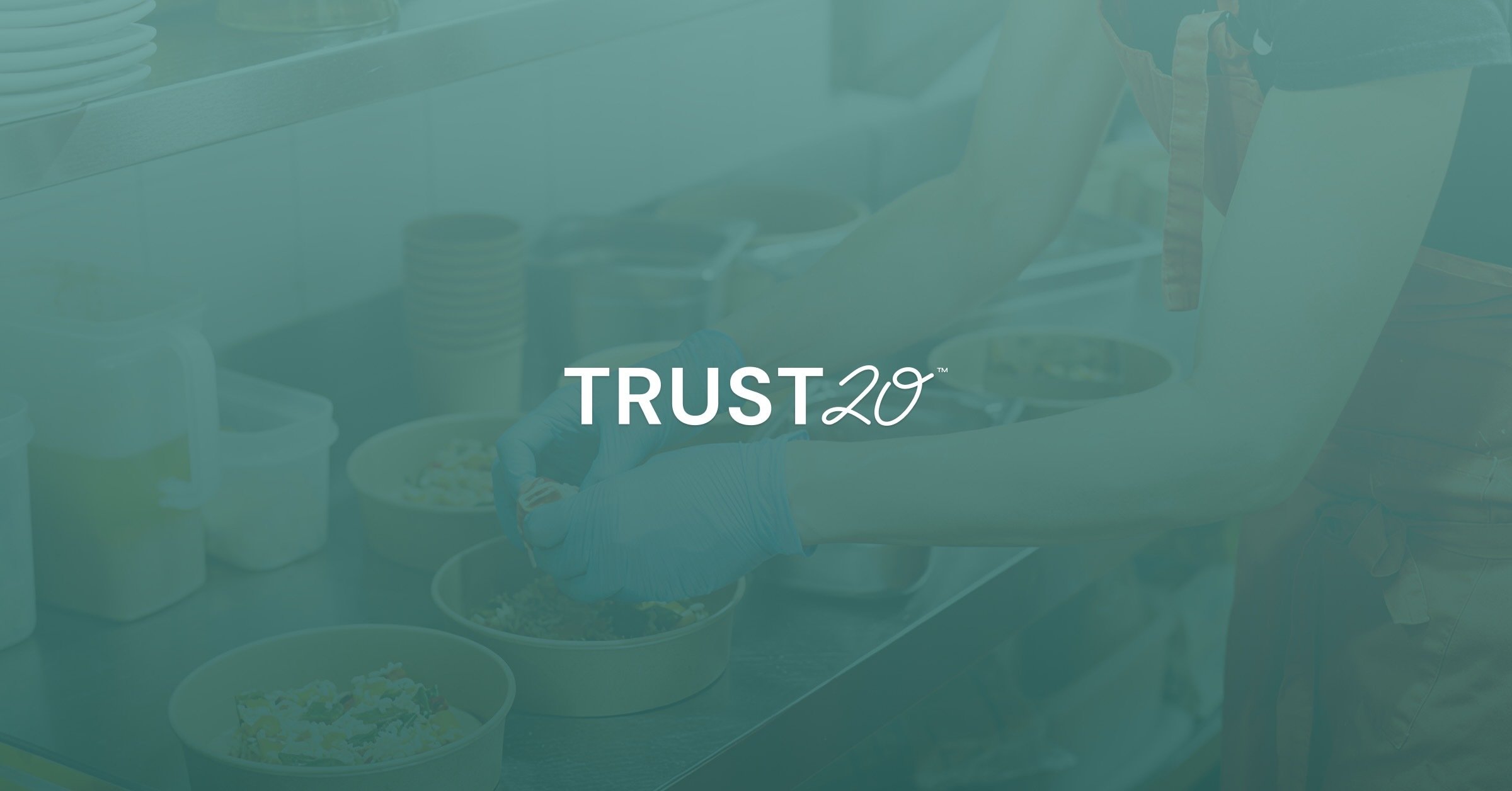The holiday season is approaching and with it comes celebrations with friends and family. The joy of gathering with loved ones should be a lively and enjoyable environment.
However, people with food allergies may find this time of year particularly stressful. Picking through platters of food or asking for other options is no fun when you’re trying to relax and enjoy yourself. To avoid these tough scenarios, we can make accommodations to ensure that they can enjoy the holiday season as much as the rest.
In this article, we want to put your food allergen awareness training to work in your own kitchen, not just your establishment's! Take a look at some ways you can make your food selections safe and allergen-free for your next celebration.
Set expectations with your guests
Set expectations with your guests
If you know that someone with a severe food allergy is attending your event, educate your other guests about them. Informing your guests that a certain person cannot come in contact with a food item is a great way to avoid any cross contact (and any uncomfortableness).
Prepare food carefully
If you’re hosting a celebration, keep food safety practices in mind when preparing food. Preparing a large amount of food for your guests can create a messy kitchen. To avoid any potential cross-contact between foods, utensils, or counter spaces, follow standard food safety practices to avoid allergic reactions.
Utilize food labels
In this case, labels will be your best friend. This is a simple and effective way for anyone with an allergy to know what's safe to eat. All U.S Food and Drug Administration (FDA) regulated foods are required to list potential allergens according to the Food Allergen Labeling and Consumer Protection Act.1
If you are preparing your food for an event and suspect there may be an ingredient that could be a potential allergen, include a list of ingredients with your dish. People with food allergies will appreciate this and allows for your dish to be enjoyed by others.
Separate potential allergens
If you’re attending an event where multiple people are bringing food, it may be helpful to create a designated allergen-free area. Creating a designated area for allergen-free food is necessary to avoid cross-contamination. Since dishes are coming from different kitchens, you never know what could come in contact with them. If you have severe food allergies and don’t want to risk a potential reaction, you can always BYOSF (Bring Your Own Safe Food).2
It can also be helpful to keep prepackaged food on hand. For children who may be picky eaters or have extreme allergies, this is an easy way to keep them safe and satisfied.
Food brings family and friends together, no matter the occasion. When you’re celebrating this year, keep your loved ones with food allergies in mind. Taking these simple steps to keep others safe is crucial to having an emergency-free and fun holiday season.
Sources:
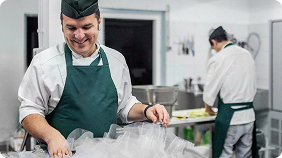

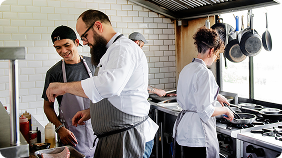
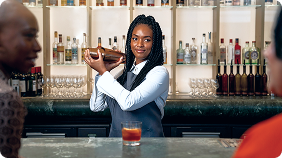


.png)
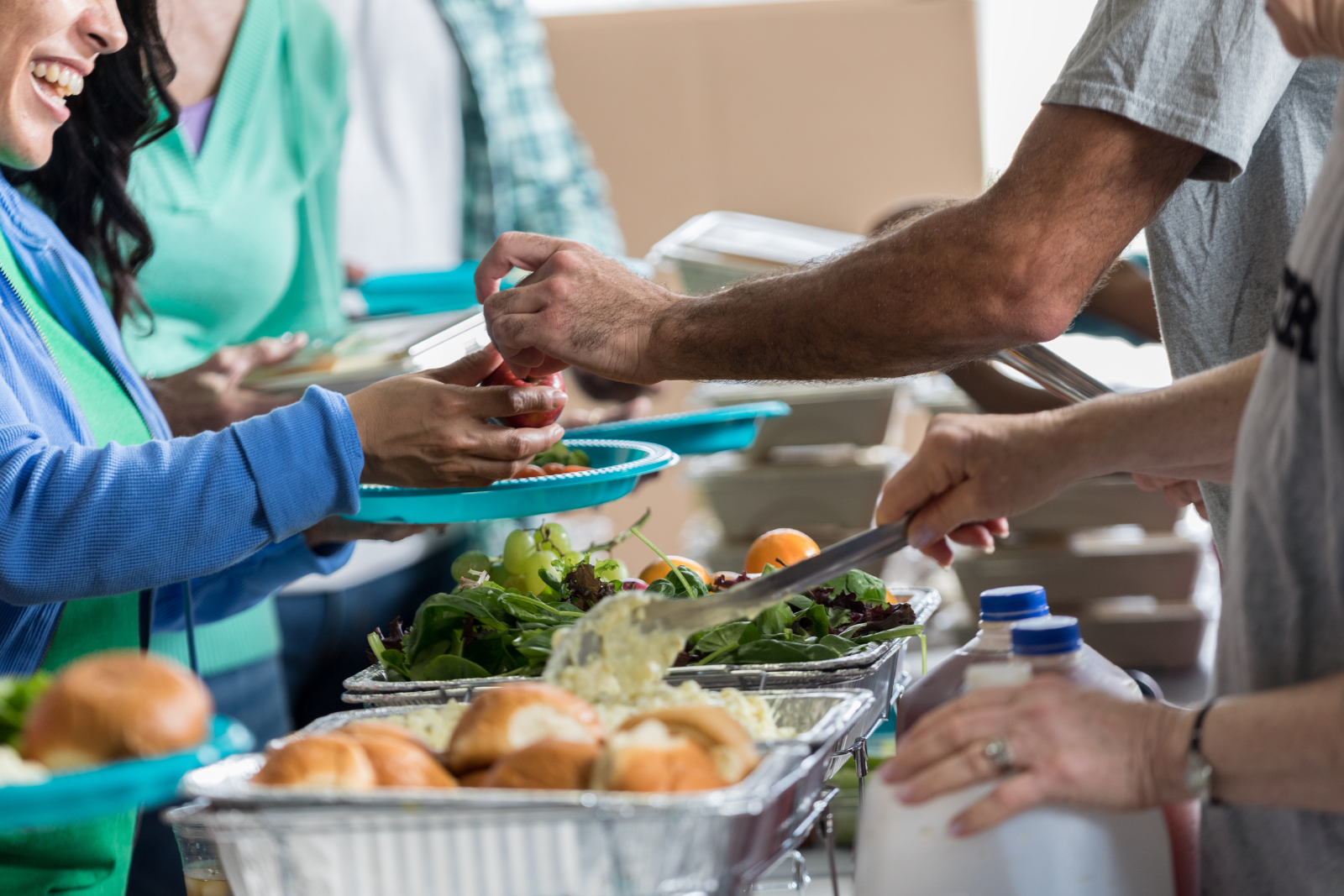
.png)
